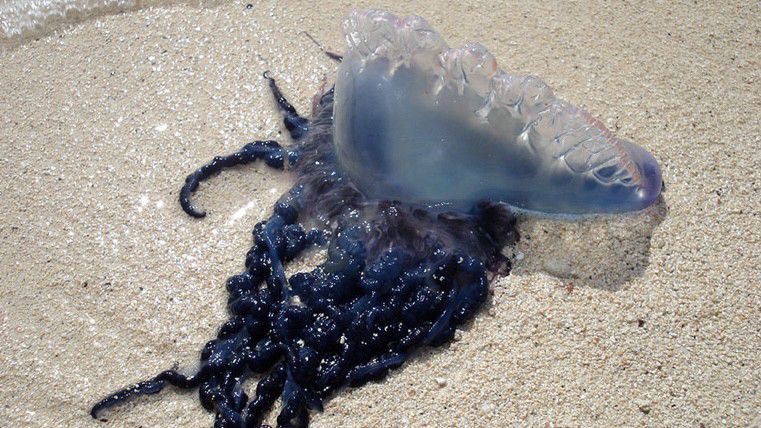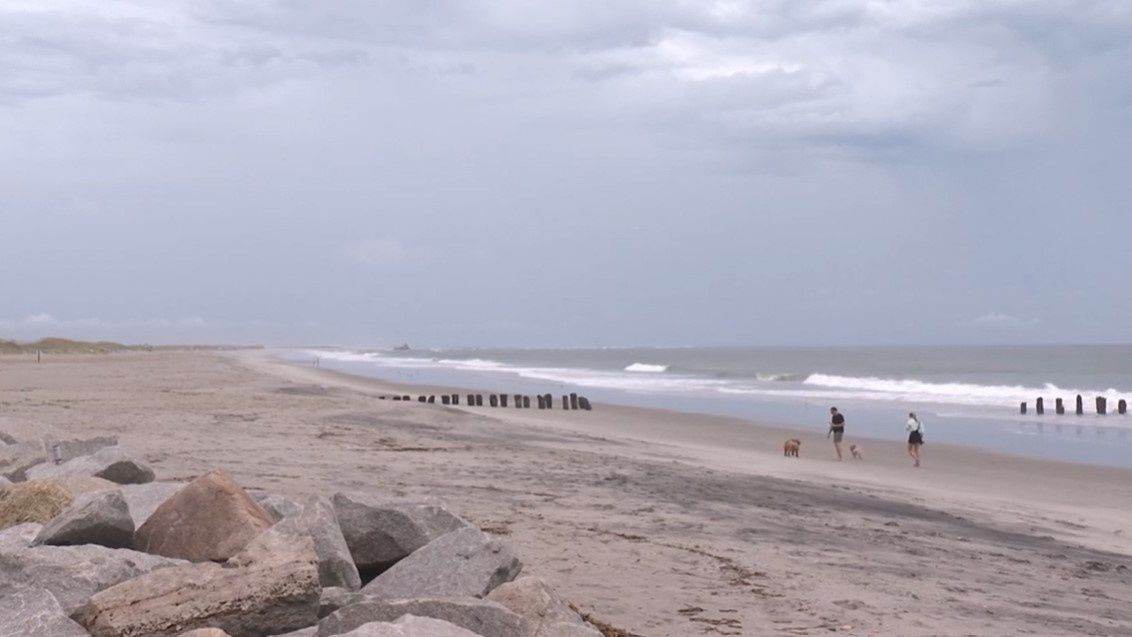Firefighting foam for a long time contained PFAS, called “forever chemicals” because it does not degrade in the environment. It’s also suspected to cause cancer in firefighters who have to use it to put out fires mainly involving jet fuel, gasoline or diesel.
Fire departments around the country have been retiring their old foam, called AFFF, in favor of new foams that aren’t toxic to people and the environment. But the problem remains: what to do with these hundreds of gallons of old foam sitting around in fire departments.
In North Carolina, the Office of the State Fire Marshal told departments to inventory all their old foam and report to the state if they had to use it, according to Waxhaw Fire Chief Gregory Sharpe.
Waxhaw is a small town south of Charlotte, not far from the South Carolina border.
“We found all the foam we had at both stations, moved it all to our main station, tucked it away and were just waiting for some kind of guidance on how to get rid of it,” he said. All told, they had about 225 gallons.
This is where a company called Battelle comes in. It's a nonprofit scientific organization. A separate company, called GreenFire, transports the old foam and replaces it with a new, safer alternative.
“Several years ago when we saw PFAS becoming a challenge in the environment, we invested in technologies for treating, disposal and destruction of PFAS,” said Battelle’s Amy Dindal.
They worked with the technology for a couple of years and came up with what they call the PFAS Annihilator, a system that actually destroys the chemicals that make PFAS bad for the environment, she said.
The nonprofit came up with a mobile system that they can send out to communities that will destroy the old foam. Then GreenFire will replace the old toxic foam with a much safer fire foam.
“It looks like, actually, a food truck, is the structure itself,” she said. They finished their first mobile “PFAS Annihilator” in February. It traveled to North Carolina for its first test with fire fighting foam, those 225 gallons that had been sitting in storage at the Waxhaw Fire Department.
“This isn’t just reducing or minimizing a threat, this is eliminating a threat to our firefighters,” the fire chief said.“This isn’t just reducing or minimizing a threat, this is eliminating a threat to our firefighters,” the fire chief said.
This was the first time Battelle had worked with a fire department to destroy its toxic foam. The organization got a temporary EPA permit to come to North Carolina and test out the process. And they’re hearing interest from other states trying to find a safe way to dispose of AFFF.
Up next for the PFAS Annihilator trailer, Battelle has a contract with the Department of Defense to take the mobile technology around to air force bases to help clean up groundwater contaminated with PFAS, Dindal said.
“It probably will come back to North Carolina at some point,” she said.
There’s been a lot of attention on PFAS in recent years as states and communities realized how much contamination was out there in waterways and groundwater.
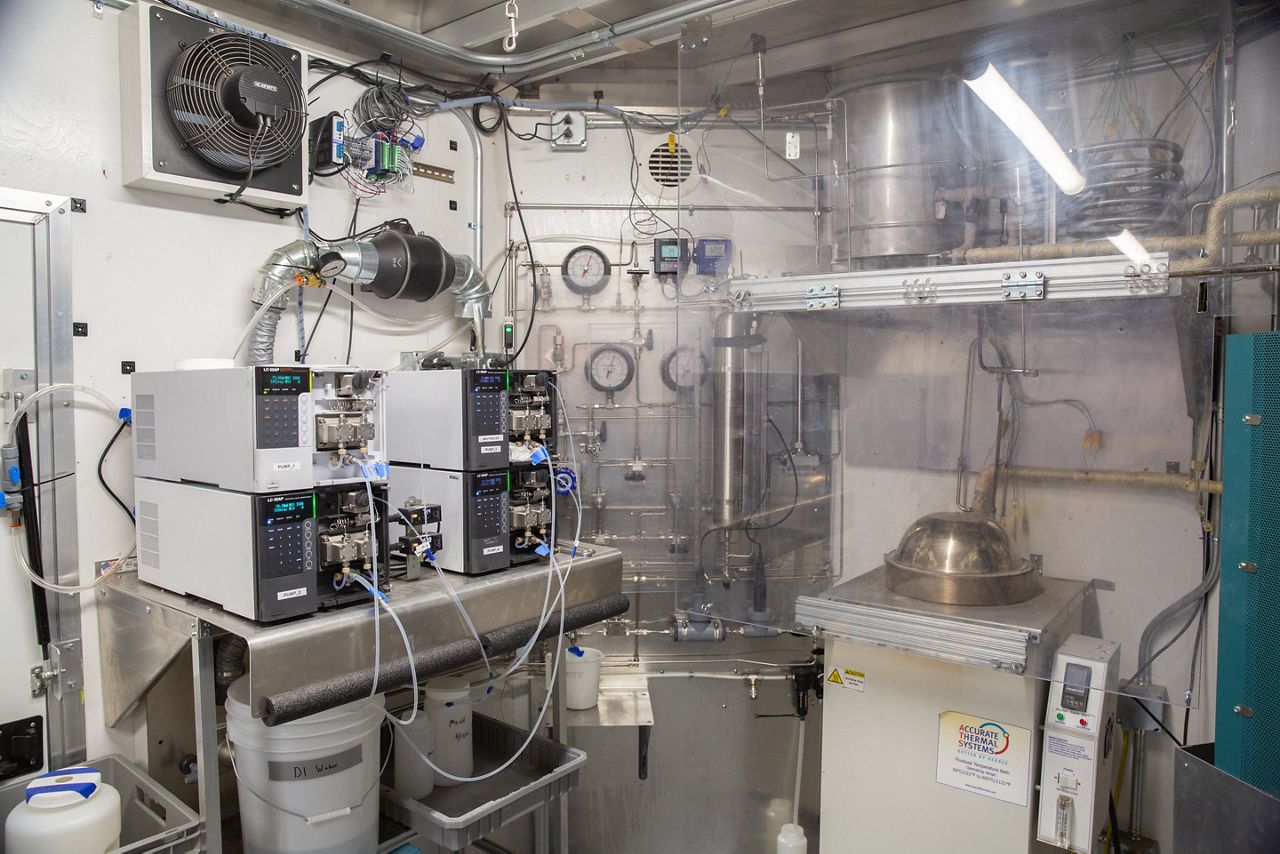
In North Carolina, a PFAS chemical called Gen-X has polluted the Cape Fear River and surrounding groundwater, forcing cities to upgrade water treatment plants and making people on well water switch to bottled water.
PFAS pollution shows up around airports, where fire departments have trained for years with the AFFF foam. States and environmental organizations around the country are regularly finding new sites with PFAS contamination.
The new technology from Battelle actually breaks down the chemical bonds in the PFAS to turn them into inert byproducts. It’s based on something called “supercritical water oxidation.”
Battelle’s Dindal explained in a brief chemistry lesson: The process increases the pressure and temperature on the PFAS, which helps it oxidize. That help break the carbon-fluorine bond. Then they have carbon dioxide and hyrodflourine, which becomes an acid. Then they neutralize that and dissolve it in freshwater.
What’s left after the process is all inert materials that can safely be disposed of without leaving any “forever chemicals” in the environment.
Dindal said Battelle is making even more mobile units to send out around the country to start cleaning up PFAS contamination. She said they should be hitting the road next year.




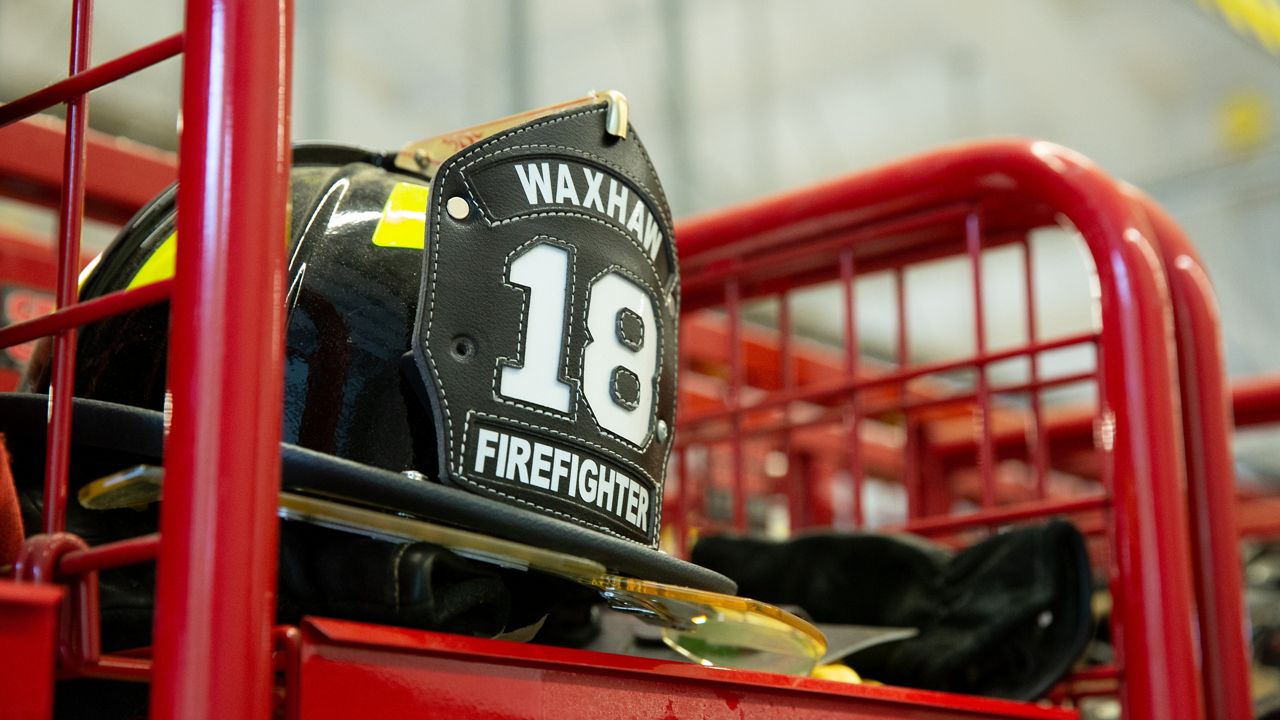
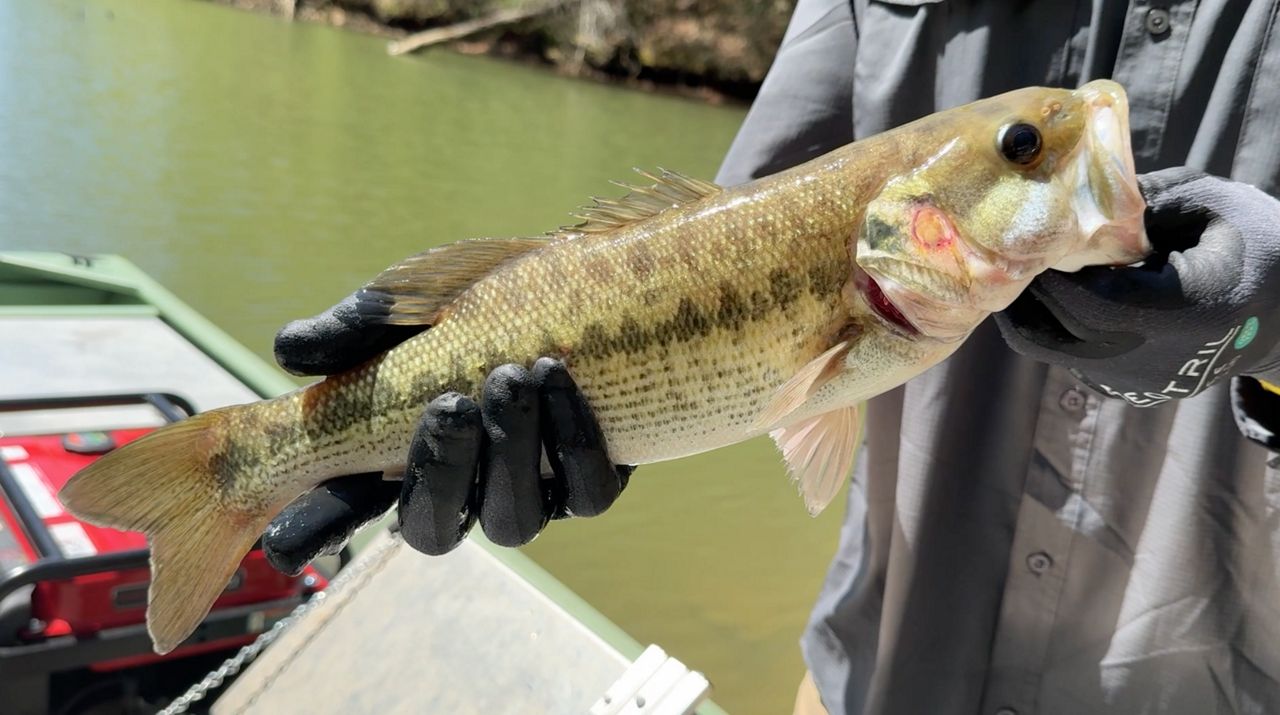
)
